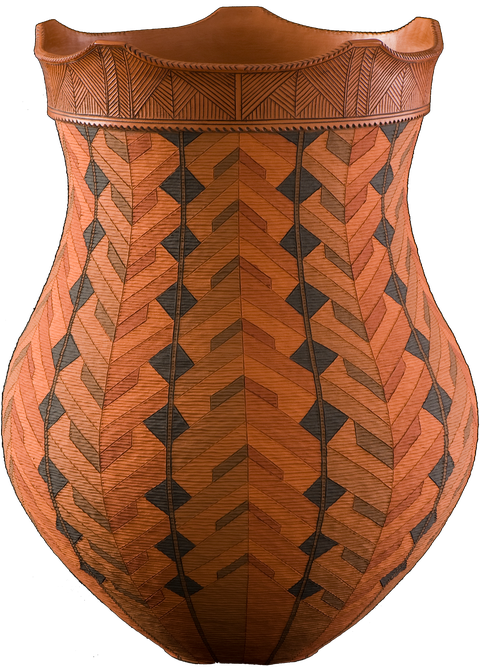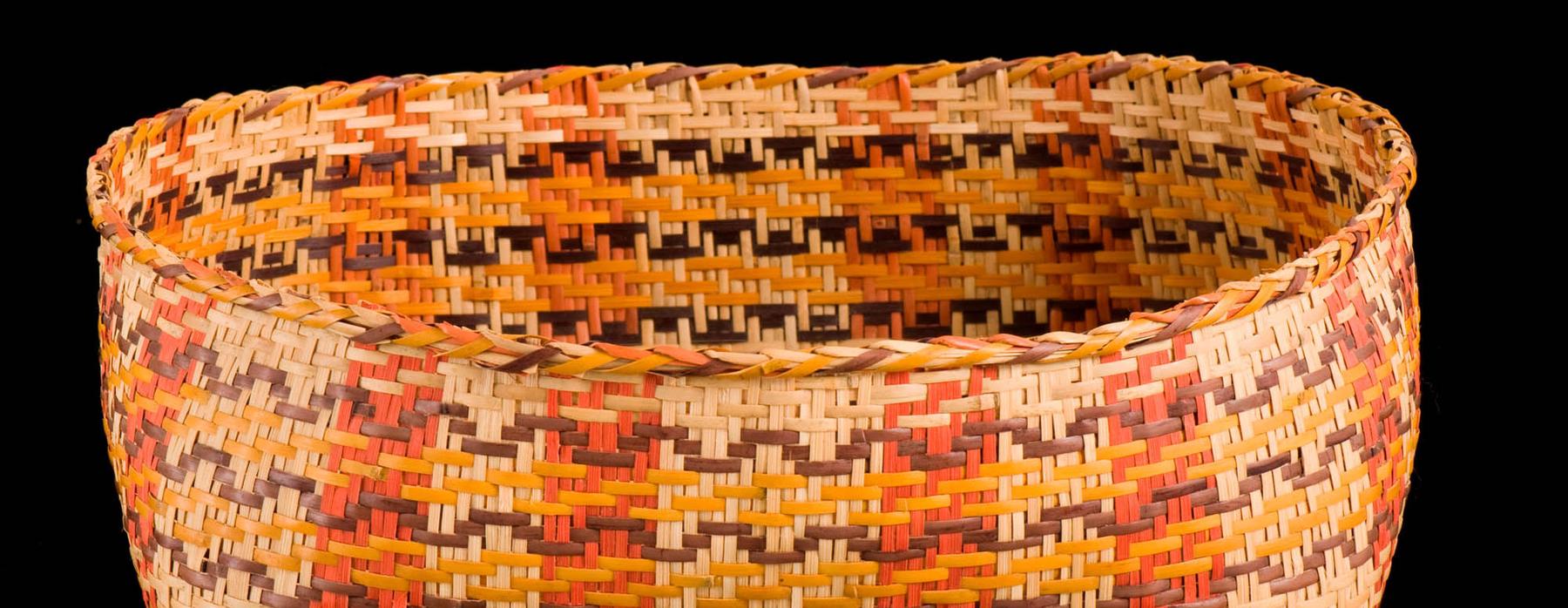
Collection
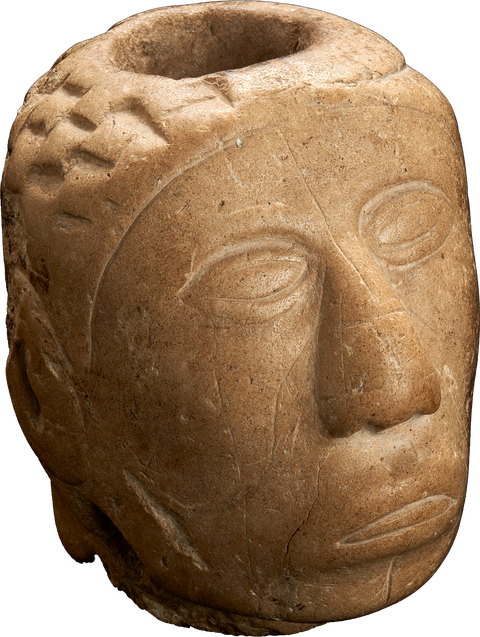
Mississippian World
The Mississippian people (AD 800–1650) were the largest and most complex society to develop in the eastern half of North America. Living near rivers in the Midwest and Southeast, they created highly developed, agriculturally based communities that were mostly fortified and contained large earthen mounds and broad plazas.
Spiro
Located in Le Flore County, Oklahoma, Spiro is one of America’s most important, but little known, ancient cultural and religious centers. Containing twelve mounds and a population of several thousand, it was physically unremarkable when compared to many other North American Mississippian sites.
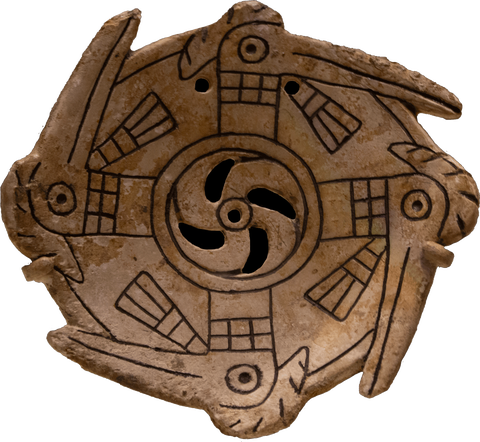
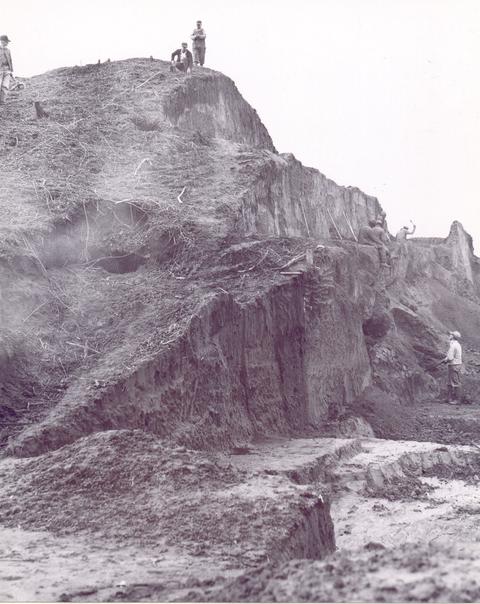
Archaeology and Looting
Unfortunately, much of what we understand about the Spiro site comes to us only in bits and pieces. This site remains the location of one of the largest and longest episodes of looting at any American archaeological site in history.
Cultural Continuation
The remarkable objects found at Spiro were produced by the ancestors of Caddo, Wichita, Pawnee, Osage, Lakota, Chickasaw, Cherokee, Muscogee, Choctaw, Potawatomi, Quapaw, Cheyenne, Seminole, and countless other Indigenous communities. The extraordinary assemblage of objects, therefore, provides critical insight into the cosmology and culture of the ancient Mississippian people and their relationship to First American communities today from the American Southeast, Great Plains, Southwest, and possibly Mesoamerica. Many of the same images are seen in historic hide paintings, ledger drawings, tipi and shield covers, as well as 20th century artwork, such as paintings, sculpture, ceramics, basketry and weavings.
